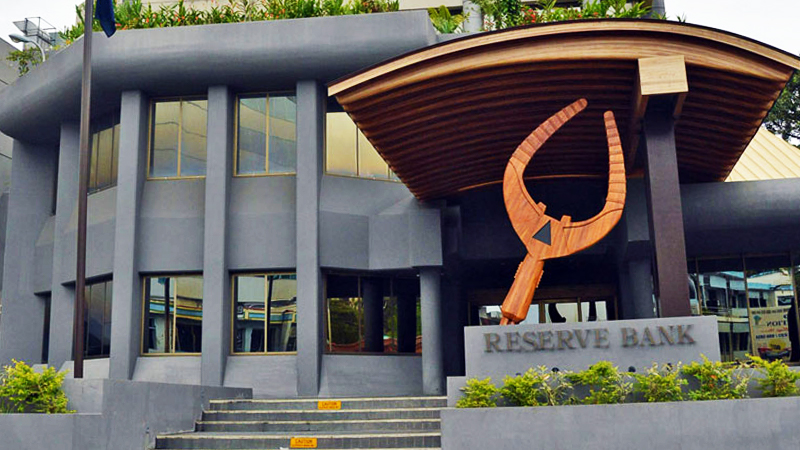
Moving forward, visitor arrivals are expected to increase further in the peak tourism season while recruitment intentions were better, as advertisements for new jobs rose to 3,984 jobs, mainly driven by the tourism-related sectors.
The Reserve Bank of Fiji says the domestic economy continues to show signs of improvement as international travel restrictions ease.
In the first four months of the year, 95,586 tourists arrived in Fiji mainly from the main source market of Australia, followed by the United States and New Zealand.
Performance of the other sectors remained mixed but broadly positive compared to a year ago.
Cumulative to April, higher production was recorded for electricity and sawn timber.
In the same period, gold output declined and pinewood supply was around 60 percent lower annually, resulting in a decline in woodchip production.
Domestic demand has generally increased on the back of higher consumer spending and a slight upswing in construction-led investment spending.
Consumption spending has improved, evidenced by cumulative to April increases in Pay-As-You-Earn by 8.6 percent and Net Value Added Tax collections by 29.2 percent, as well as a pick-up in commercial banks’ new consumption lending by 74.4 percent to $432.9 million, and overall vehicle registrations excluding government vehicles by 5.7 percent.
New lending for investment purposes by the commercial banks rose by 66.4 percent to $216.2 million.
The RBF also says investment spending will likely remain soft throughout the year, given the policy uncertainties surrounding the elections, soaring construction and labour costs and supply chain issues.
The general increase in formal employment across major sectors, as per the Fiji National Provident Fund data, as well as growth in PAYE collections, validate the jobs survey results.
The RBF says developments in the financial sector were also supportive of the recovery in the real economy.
In April, private sector lending grew annually by 2.3 percent, driven primarily by commercial banks’ lending to private sector business entities.
New loans by commercial banks also increased, cumulative to April, to $1.04 billion from $680 million a year ago underpinned by higher loans to businesses engaged in wholesale and retail trade activities.
Commercial banks’ interest rates maintained a downward trajectory in April owing to high levels of liquidity in the banking system, which as of 31st May, stood at $2.06 billion.
Stay tuned for the latest news on our radio stations

